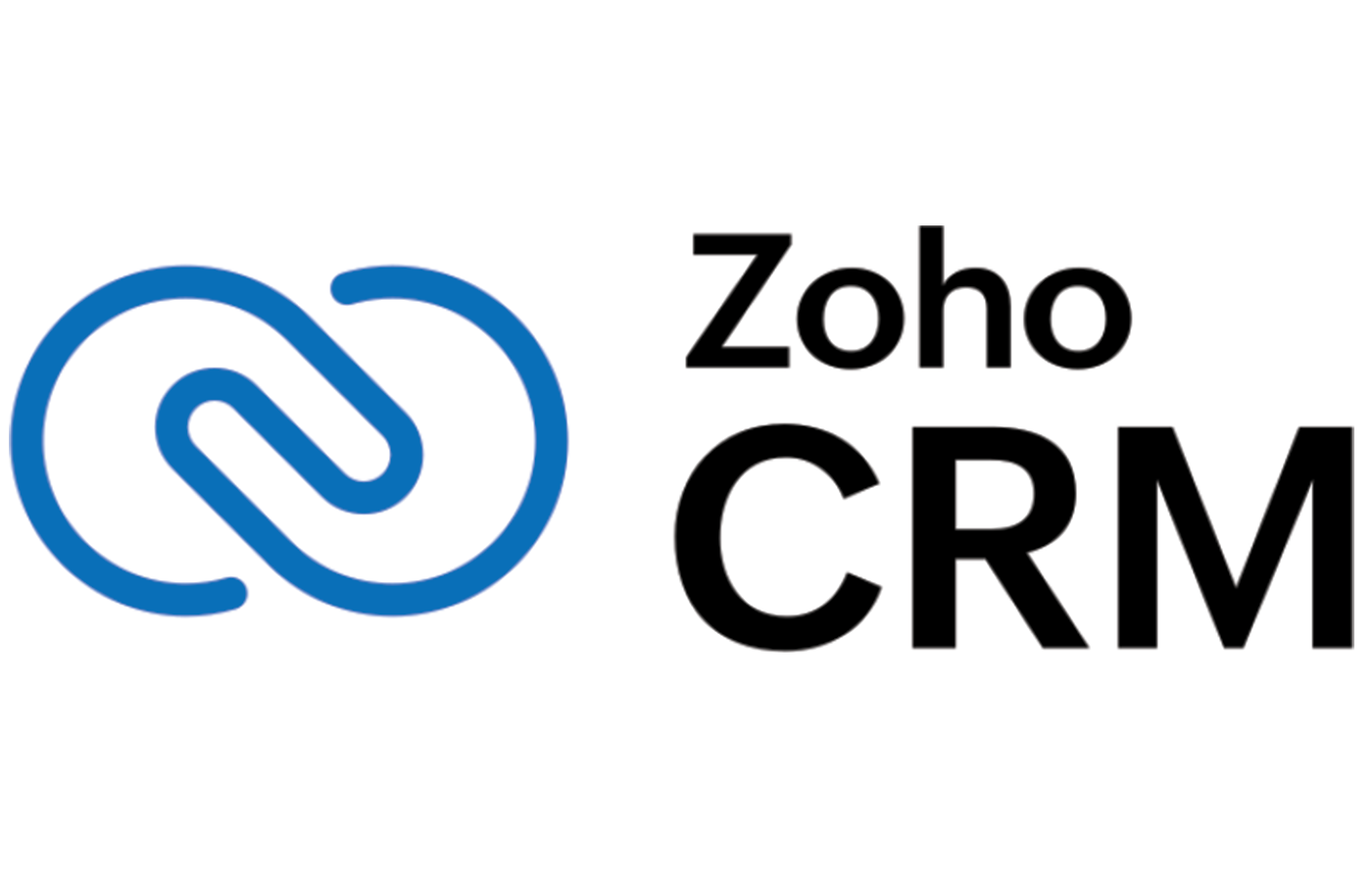In today's changing business environment, technology executives must be agile like Fred Astaire, determined like Amelia Earhart, and strong like Arnold Schwarzenegger. Beyond that, they need to know what capability to apply, when, for how long, and in what proportion. Today's dynamic trading strategies require technology leaders to constantly adjust their investment and trading styles to consistently maximize the value and performance their trading partners require.
To achieve this, technology leaders must bring together people, processes and technologies into a complex team structure that strives to achieve common goals aligned with business results. For this to be successful, a careful balance of capabilities, both human and technological, within and between teams is required. If you apply too much of one thing and not enough of another, if you strike the right balance at the wrong time, you will not get the desired results.
An IT “style” is part ability, part arrogance, and a lot of intent.
To meet the needs of the business, your IT organization must leverage all four IT styles—enabling, co-creating, amplifying, and transforming—in the right balance. A style, beyond its capabilities, has characteristics unique to each team’s intent. Some teams will be tasked with “enabling” business success by providing robust resilience, stability, and security; other teams will “co-create” products and services that open new markets for business partners. Business transformations may require teams to “transform” their operations with emerging technologies. Teams that want to maximize the potential of their technologies and processes may look to “amplify” the performance of their operations with automation and data analytics.
The combination of these styles and their associated IT capabilities ultimately expresses what the organization or leader wants to be known for, in addition to meeting their business needs and expectations. It's the best way for high-performing IT organizations to align for positive business outcomes. The technology leader must help make business goals a reality, articulate which style best represents the long-term goal for IT, and then ensure that teams across the IT and business ecosystems are all on track toward the same outcomes.
SEE: Forrester's 2024 Technology Leadership Predictions on AI, HR, Budgeting, and Manufacturing
There is no stationary state, only a current state with a vision of the future.
A steady state can manifest and demonstrate itself in many ways. Never adopting a new technology, or adopting new technologies every time a new one is introduced, are mindsets that leaders and teams can stick to. An IT organization that stays put is, in fact, falling behind its peers; moving too quickly, however, will drive IT investments that may never deliver value to business partners who cannot catch up.
There must be an intended purpose for the style of operation that IT takes on. Technology leaders must continually assess their current performance against business objectives and then rebalance the emphasis on each of the four styles accordingly to ensure that:
- Enabling Efforts are prioritizing capabilities that efficiently stabilize, operate and protect the business and then consistently deliver on their promises, building trust. Additionally, enabling capabilities can promote the adaptability that the platform provides for future growth.
- Co-creation is leveraging technology partnerships to acquire new skills. Teams must collaborate on delivering products and experiences with a focus on skills such as agile development, DevSecOps, and product management.
- Amplifying Actions optimize business outcomes at scale. Advances in automation, artificial intelligence, and analytics must be leveraged to streamline processes, deliver insights, and optimize business outcomes such as sales, inventory costs, and customer experiences.
- Transformation Initiatives drive technology-led businesses. Technological innovations and emerging technologies, such as chatbots and generative AI, accelerate businesses in new directions. Close organizational alignment and a deep understanding of customer needs are critical to being adaptable and rapidly shifting capital, people, and technology to stay ahead of the changing marketplace.
Tech leaders: let your intentions drive your IT style
Technology leaders can maintain their swagger and stay true to their message by employing the right balance of styles that drive strategic intent. Make sure you have a clear understanding of your organization’s desired outcomes. Strategic objectives will indicate the mix of IT capabilities you should prioritize relative to associated costs, investments, and performance constraints. Keep the following technology leadership tips in mind.
You cannot grow on unstable foundations.
If your organization struggles with stability or resilience, you won’t be able to grow and your business partners won’t trust your capabilities. Invest in the IT ecosystem to enable growth while reducing costs. Establish enterprise-wide technology visibility to empower proactive actions and improved operations.
The more the merrier: let's work together for greater benefits.
Reduce friction between teams and increase work momentum with agile development, design thinking, and product management. Expand developer reach and motivate other teams to improve employee and customer experiences.
Make the most of your existing investments.
There is no shortage of options to help extend the best practices that already exist. Use automation capabilities to remove mundane and redundant tasks from resource queues. Analyze operational data to promote proactive problem resolution.
The future is happening today; you needed to be prepared for it yesterday.
New technologies are launched every day. Implementing and utilizing the right new technologies gives business leaders the opportunity to change direction, accelerate or decelerate as they see fit without warning. Companies depend on their IT team's implementations of transformative technologies to respond to dramatic market shifts and shifts in business strategy.
Challenges are opportunities for technology leaders
Every day new challenges arise that companies must overcome. These challenges are often new opportunities for technology leaders to take the company in a new or better direction that allows them to advance their goals ahead of competitors. Each new challenge must be met with an evaluation and possible adjustment of your operating style.
However, you should always maintain the right balance of styles through these changes. By doing so, you will ensure you deliver high-performing IT and continually improve business results.
This article was written by Carlos Casanova, a principal analyst at Forrester who works for technology executives and technology architecture and delivery professionals. His research includes artificial intelligence for IT operations (AIOps), observability, digital experience monitoring (DEM), application performance monitoring (APM), infrastructure monitoring, cloud monitoring, and the use of OpenTelemetry in these areas. He holds a Bachelor of Science degree in electrical engineering from the University of Massachusetts Dartmouth.












